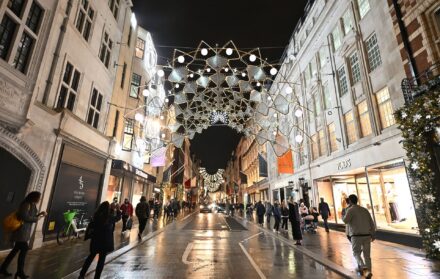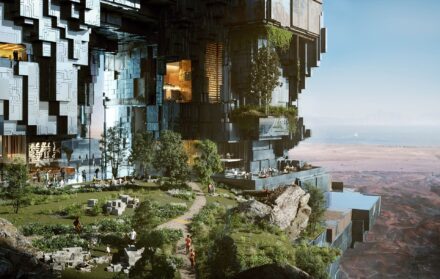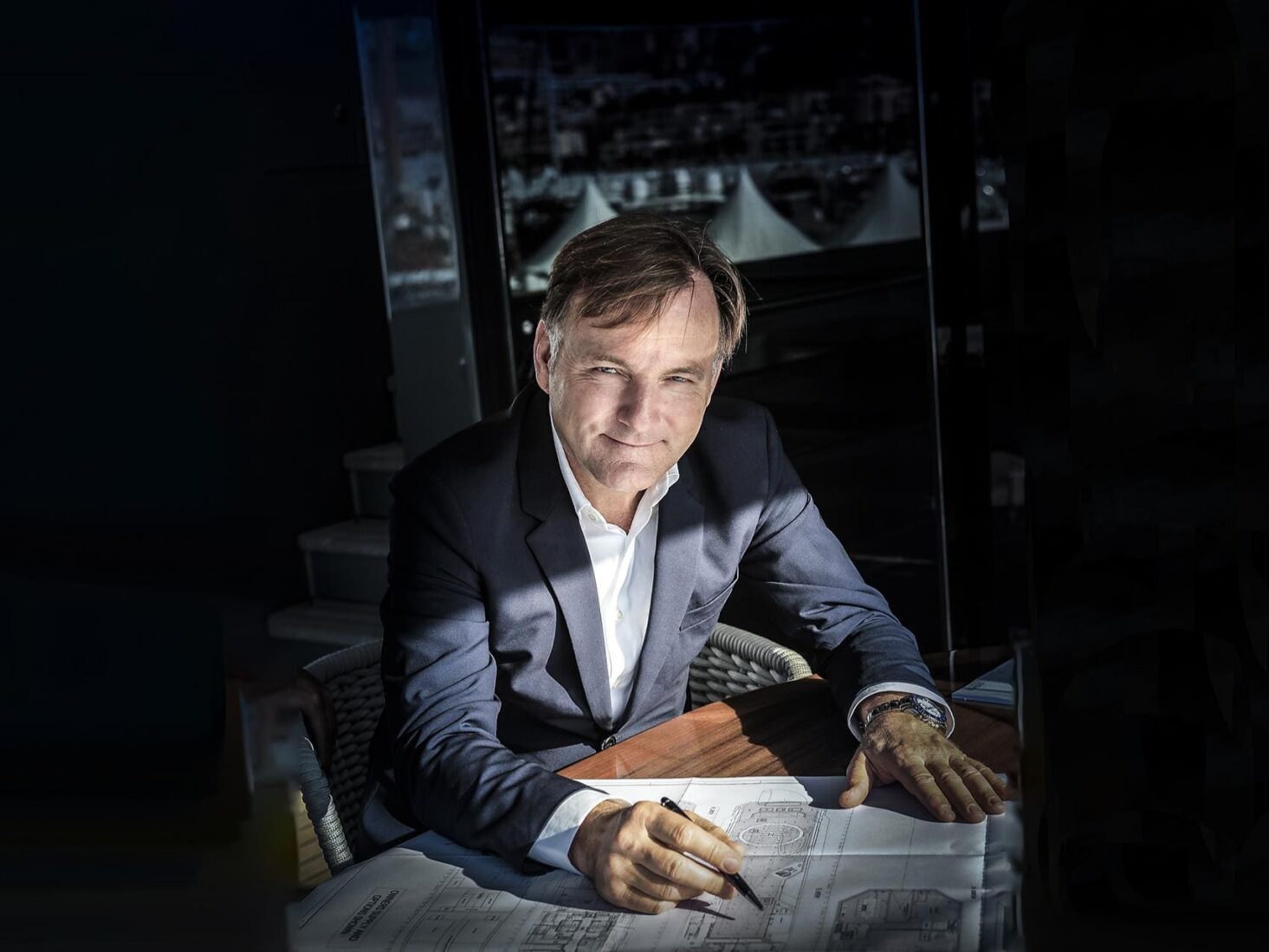
Espen Øino: the superman of superyachts
Espen Øino is to boats what Ian Callum is to cars. Here, the naval architect and offshore engineer offers a greener future for the luxury yacht industry
Ocean Victory, Octopus, Flying Fox, Dilbar, Silver Fast, Kismet – list some of the world’s most celebrated superyachts and there’s every chance that Espen Øino was involved in the process of their design, such is the influence and reputation of the Norwegian naval architect. Having worked with almost all of the world’s most prestigious boat builders – Fincantieri, Lürssen, Oceanco and SilverYachts included – Øino’s portfolio includes everything from revolutionary explorer yachts and record-breaking mega vessels to eco-friendly catamarans.
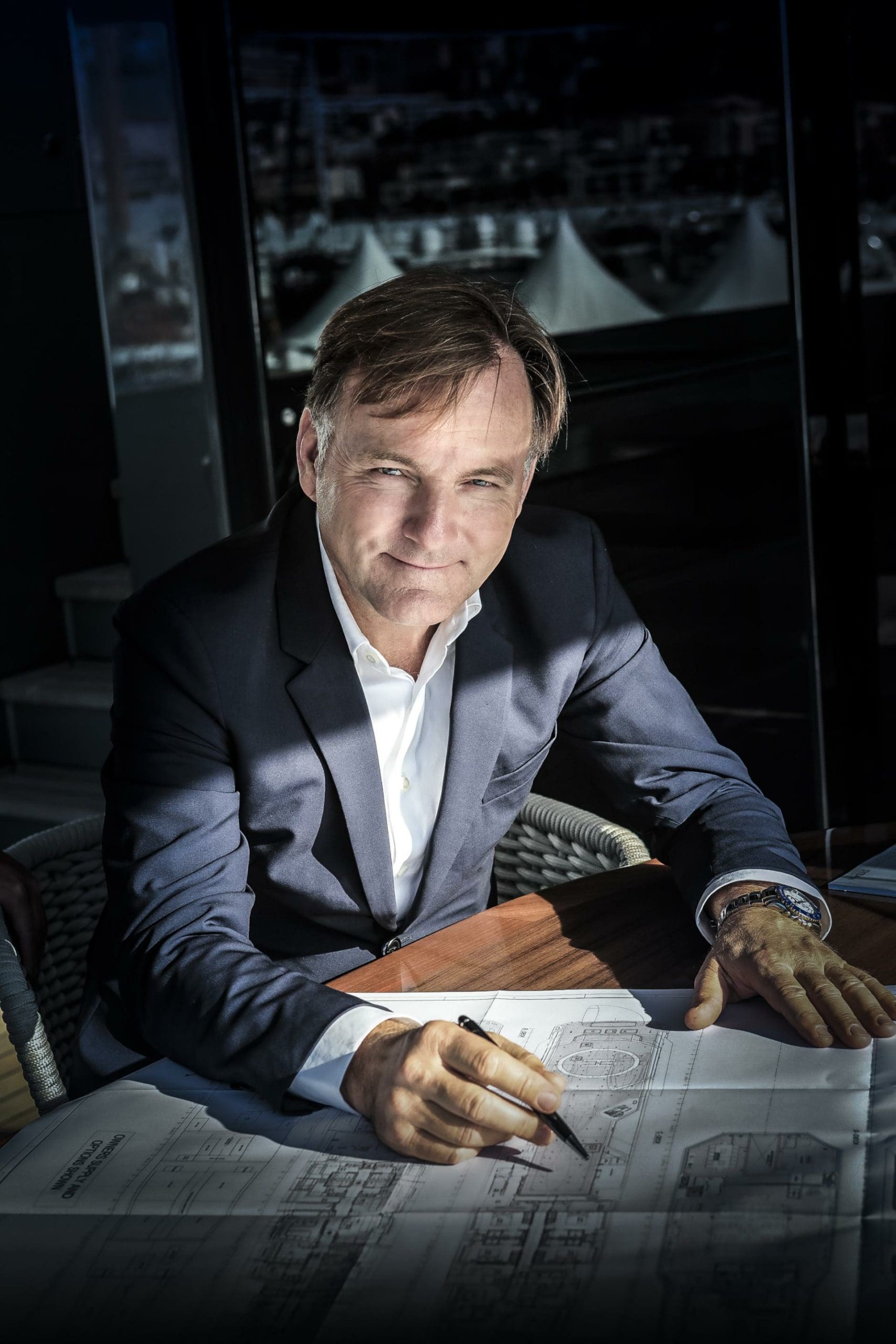
2019 was a defining year for Øino. In September, he unveiled the 183m REV Ocean, a ground-breaking hybrid explorer which dethroned the 180m Azzam as the world’s largest yacht. Then, in December, Øino announced that he was working with Ocean Residences on an even bigger project, Njord. Named after the Norse god of wind and sea, and featuring 118 luxury residences, this mammoth 282m floating home has been dubbed ‘the next generation of superyacht’.
“The Njord project represents a significant departure from what we normally do, but it has been an interesting journey so far,” says Øino. “Working on a project of this scale is not only breathtaking, it is also very interesting and rewarding. High-end floating apartments combined with all the amenities one can only find in top of the range hotels is an attractive proposition.”
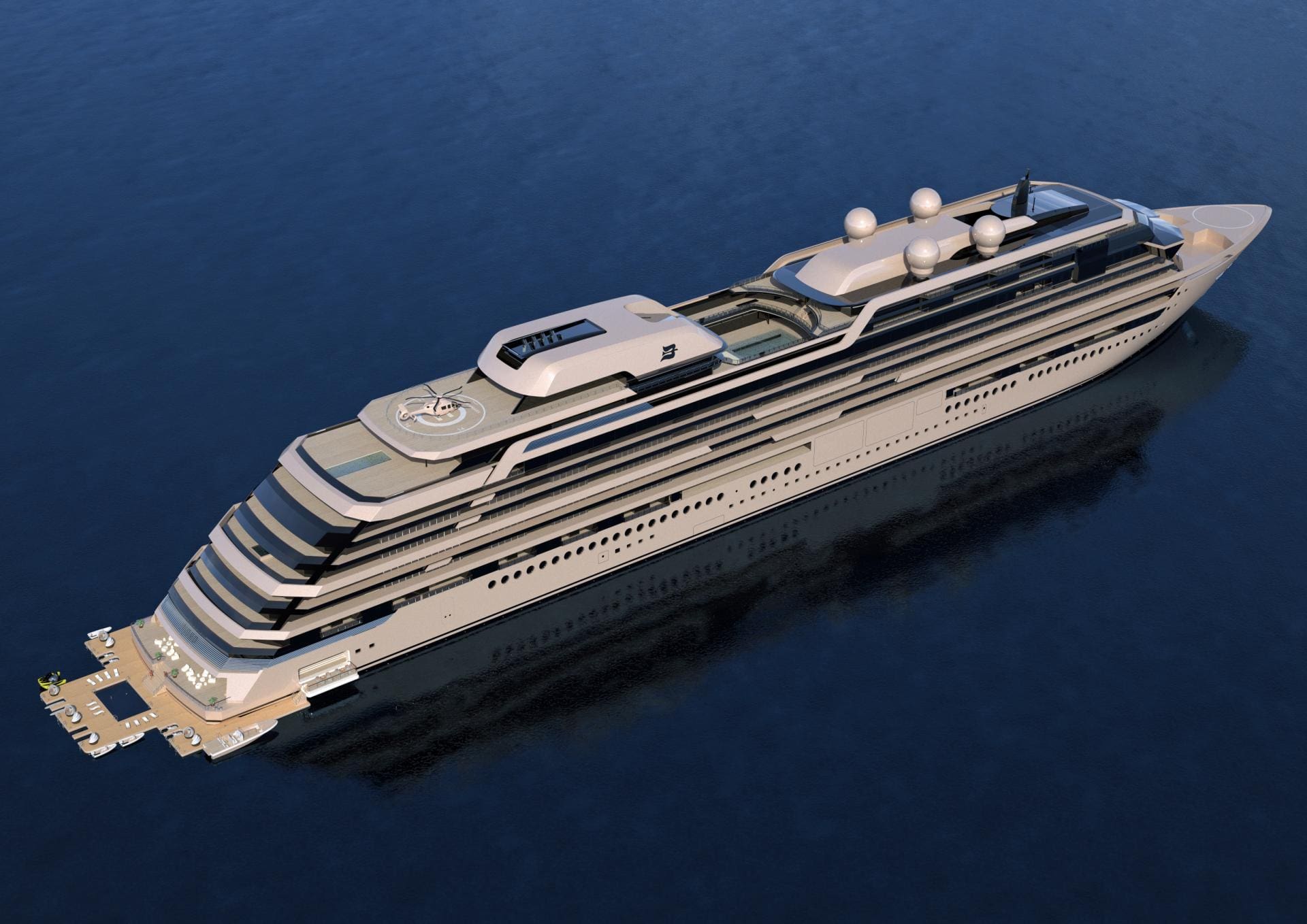
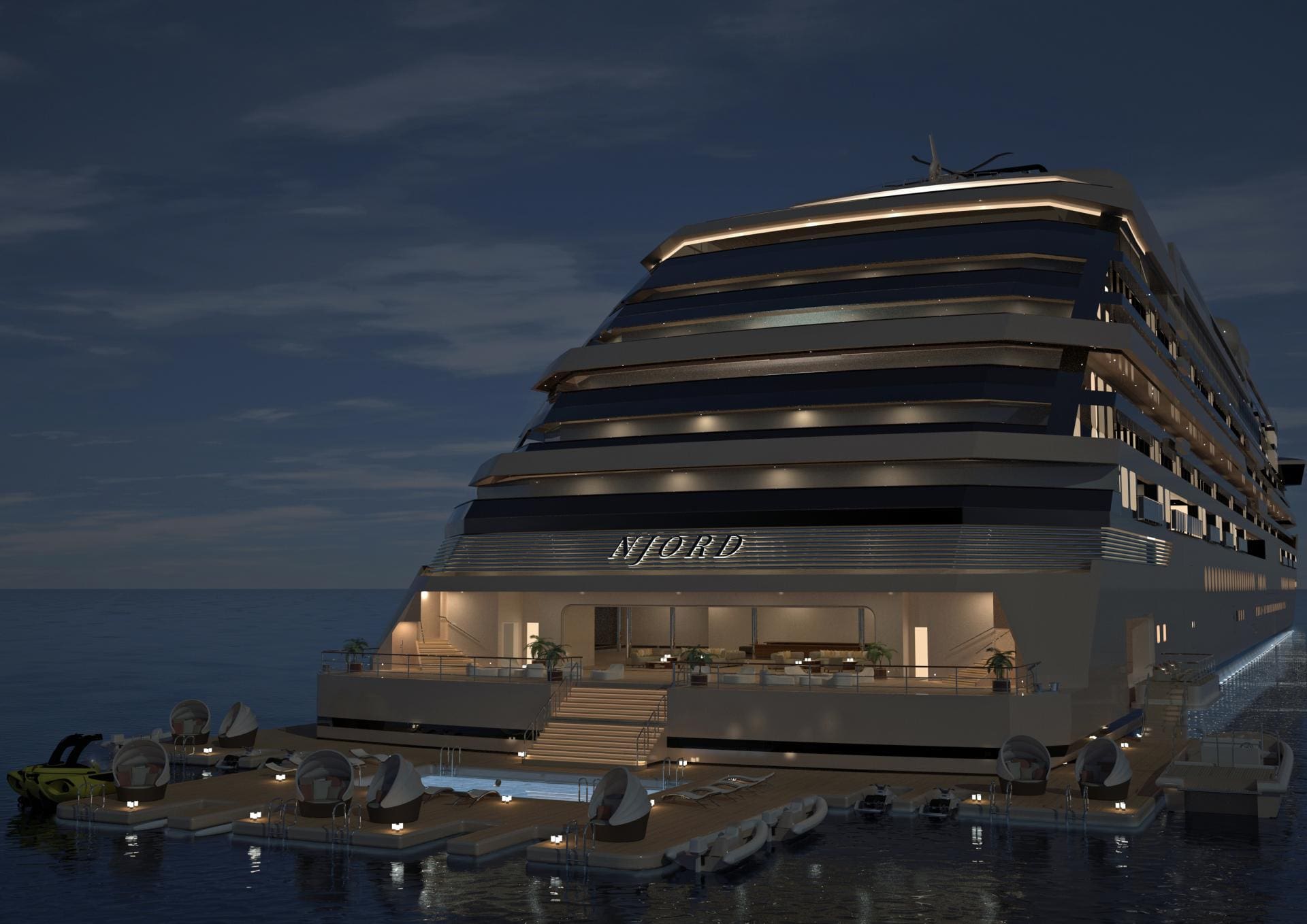
When I meet Øino at Yacht Club de Monaco, a stone’s throw from his office at the end of the Port Hercule pier, I’m surprised at how inconspicuous he is. Here’s a man who’s been heralded as ‘the superman of superyachts’ and yet he’s humble, polite and reserved. I would have forgiven him for having an ego the size of the superyachts he designs, but perhaps that’s why the Norwegian is so successful – his refined nature comes across in his elegant designs.
We meet as he is unveiling designs for the yacht club’s new zero-emissions committee yacht – a forward-thinking step for a club that counts many of the world’s richest superyacht owners among its members. But Øino is known for pushing boundaries, not just in terms of size but with efficiency, too. One of his most famous boats, Silver Fast, is one of the most advanced ecofuel-efficient vessels in the world, capable of sailing from Australia to Europe in 21 days with just one fuel stop.
Øino is now at the forefront of an industry-wide campaign to make yachting greener – a mission he admits took a long time for people to wake up to.
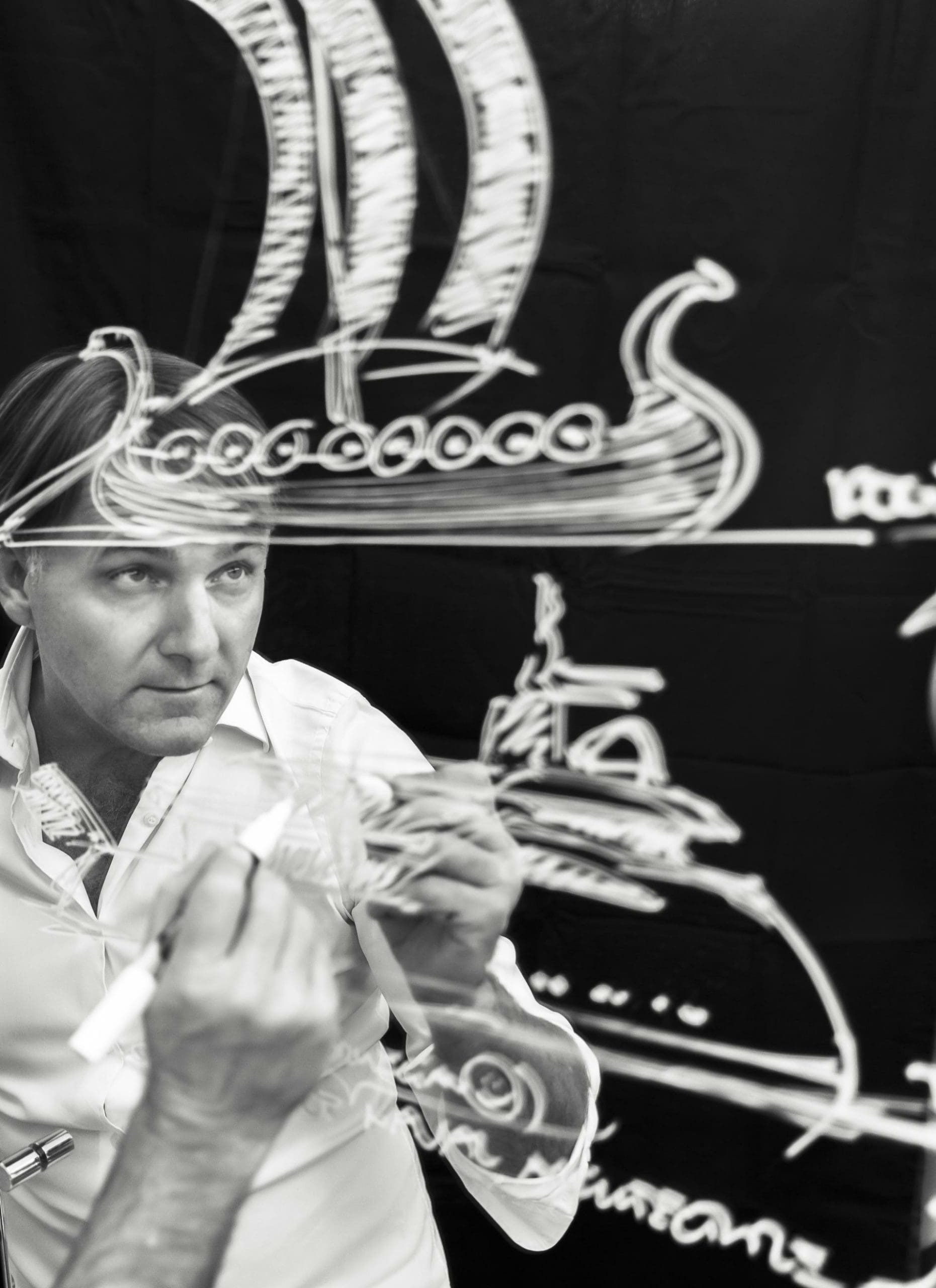
“A couple of years ago, the only people who were interested in sustainability were journalists such as yourself,” says Øino. “But there’ve been some quite radical storms in many parts of the world that are being explained by climate change and a large amount of people have been affected. In the last couple of years, you could feel a change brewing. It’s like a tidal wave coming in from all the fronts. We are trying to do our utmost to make sure we do our part.”
Just as Tesla’s first electric cars set in motion a transformation within the motoring industry, Øino is hoping that his latest project, REV Ocean, will also be a catalyst for change. Ordered by Norwegian billionaire Kjell Inge Røkke’s ocean research company Rosellinis Four-10, the hybrid diesel, electric and battery-powered vessel is being created at Vard shipyard primarily for the purpose of scientific discovery. It won’t float between the harbours of the French Riviera, instead it will travel the oceans on research missions.
“The REV project is all about sustainability and fighting pollution in the oceans,” explains Øino. “The very reason for it being built is the owner’s concern over threats to the oceans. It’s a very complex ship in many respects with more advanced facilities for research and exploration than anyone’s ever done before. The commitment is absolutely amazing.”
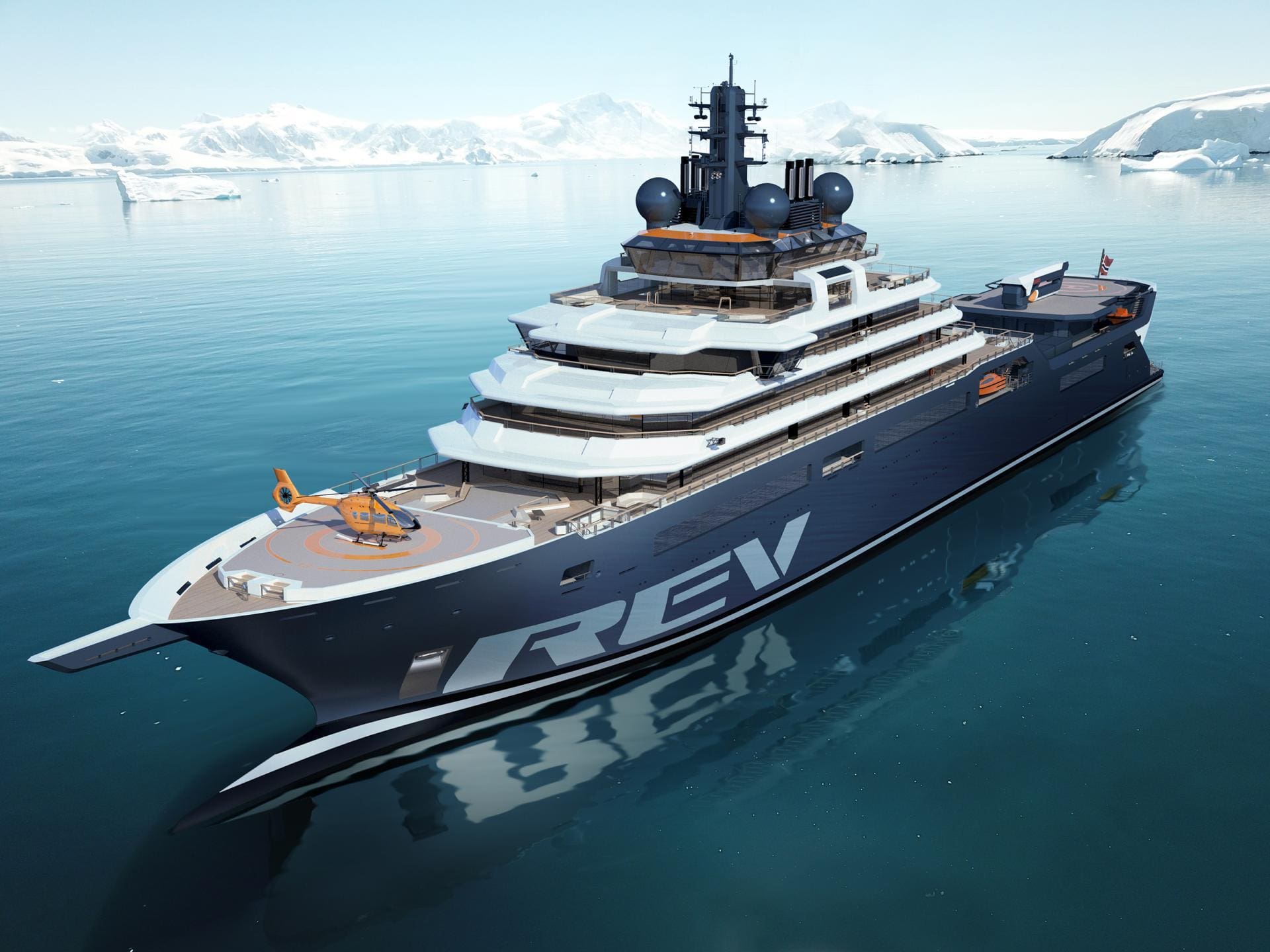
Øino’s job is to ensure the yacht is as eco-friendly as possible. He’s taking a fresh look at everything from materials and waste reduction and disposal to alternative propulsion methods and fuels. Above all, he explains, efficiency is key: “I have been fighting for more energy efficient hull forms for a long time. Many owners don’t realise that when, on a regular displacement type of vessel, you increase your speed from, say, 14 to 17 knots, which is a speed increase of just over 20 per cent, you increase your energy consumption and your fuel consumption by a factor of two and a half.”
The naval architect had been working on ways to improve efficiency long before sustainability became a buzzword. He persuaded one client, Australian yacht builder SilverYachts, to build yachts entirely from aluminium. “Aluminium is a very easily recyclable material – it’s also lightweight. One of the enemies when it comes to moving big objects through the water is weight, the other is the beam or the breadth of the vessel, so a material like aluminium is good for efficiency.”
Øino also works with clients to use volume and volume distribution to their advantage. “I try to show the importance of wave resistance and distributing your volumes differently,” he says. “In the case of SilverYachts, we try to distribute the volume longitudinally rather than vertically, resulting in a longer waterline and a reduced beam or breadth. This decreases the wave resistance tremendously and hence the energy required to overcome it. If you take this concept to the extreme, you create two very slender hulls and combine them into one craft which is commonly known as a catamaran, or in the case of three hulls a trimaran. You end up with the most efficient means of shifting a large object through the water.”
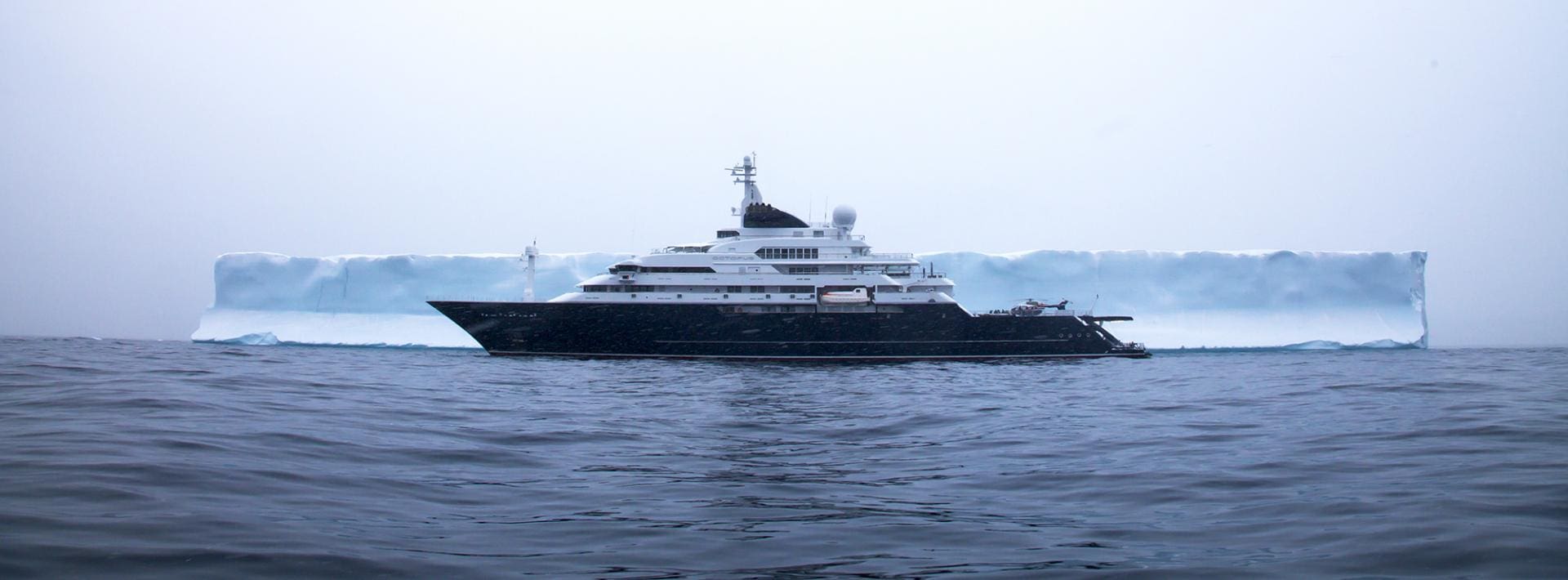
Multihulls might fly across the water more efficiently, but it seems that Øino is yet to get the public fully on board.
“A catamaran looks different from a monohull and may, in certain people’s perceptions, be considered less elegant. It’s a different animal. If you make a comparison with the motor industry, three decades ago an SUV wasn’t a viable proposition. Everyone made sedans. When Land Rover came out with its first Range Rover, the company set the pace for a lot of other people to follow suit.
“Multihulls haven’t gained acceptance among the general public yet, although I must say that perhaps this year for the first time you could sense a change. At the yacht show in Cannes there were more catamarans being displayed than ever before. We had some here in Monaco, too.”
Øino has already designed his first multihull series, the 35.5m SpaceCat for SilverYachts, but for the designer of some of the world’s largest yachts, it’s important to show that a boat doesn’t necessarily have to be small and green in order to give back to the environment. Even the gigantic 282m Njord was built with both pleasure and purpose in mind. When it launches in 2024, Njord will not only depart with its residents on board but also with teams tasked with undertaking scientific and oceanographic research during its annual circumnavigation of the planet.

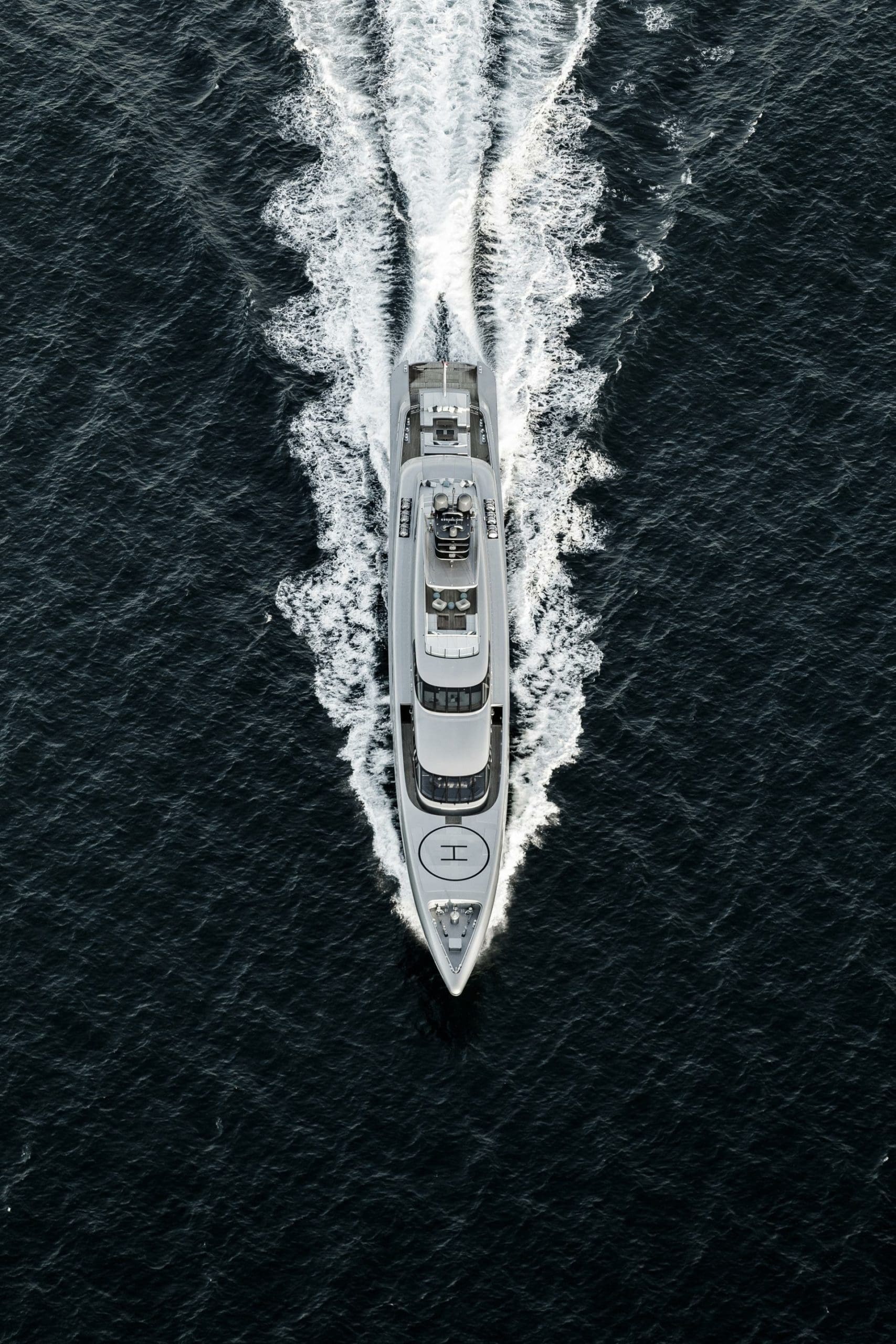
Last year, Øino and his team celebrated the delivery of their 50th yacht, leading to a moment of reflection for the revered designer on his company’s 25th anniversary.
“The industry has grown tremendously in 25 years. The size has grown, the number of yachts has grown, and the number of designers has grown as well,” he says. “The complexity has also grown. The whole process of designing has gone from being something fairly straightforward, using two-dimensional illustrations and engineering drawings, to now being almost fully immersive virtual reality experiences. Everything is modelled in 3D and then rendered in photorealistic renders so that the clients really have a very good impression of what they’re getting. This has been a very interesting journey because today, most things are rendered to such a level of detail that you can hardly distinguish between the real thing and the model. With these tools, the gap of uncertainty is reduced tremendously. Yet the whole design process has become more expensive.”
The other big change Øino has witnessed in the past quarter of a century is related to design. “Twenty-five years ago, the majority of yachts had very traditional interiors and exteriors,” he says. “Today, yachts are much more contemporary in their architectural design, inside and outside. There may be many reasons for that, but one of the important ones is the fact that there are more yacht owners, many of whom are not necessarily experienced yacht owners – they’re new to yachting and they’re not bound by tradition.”
Scandinavia is at the forefront of many initiatives seeking to address today’s environmental crises. Just as Greta Thunberg is inspiring the world’s youth, Øino is making his case for change and awareness in the superyacht industry. The Norwegian is working with a new generation of clients to achieve his goals of efficiency and sustainability. The tides of change, even in the world of superyachts it seems, are well and truly turning.





